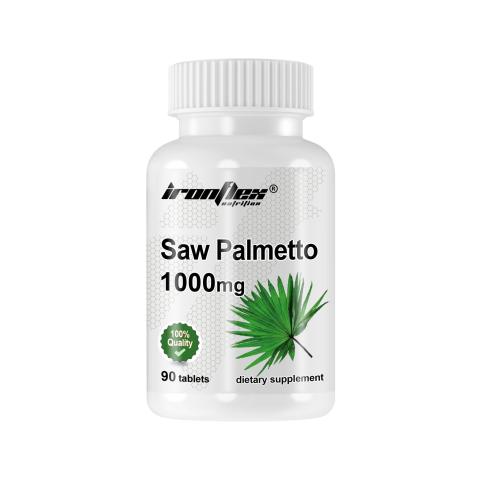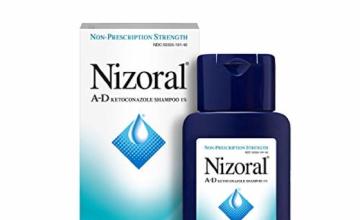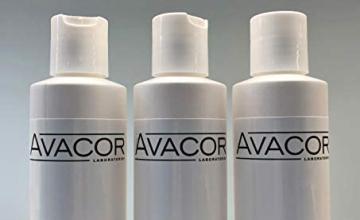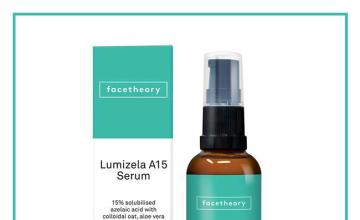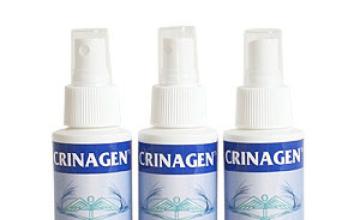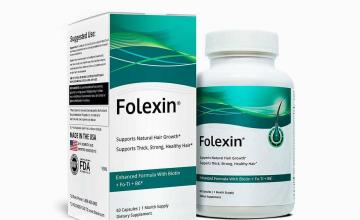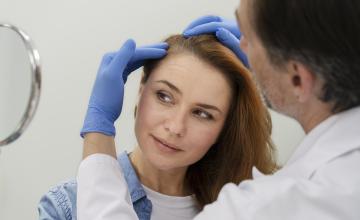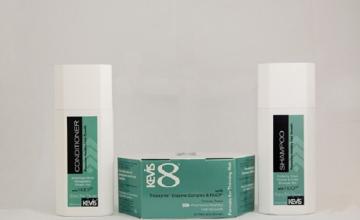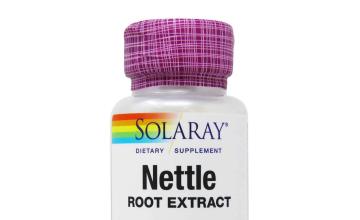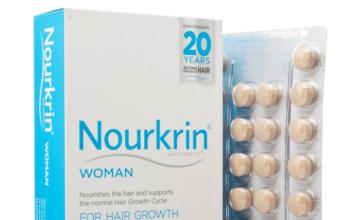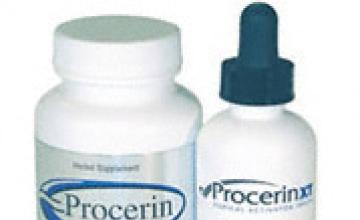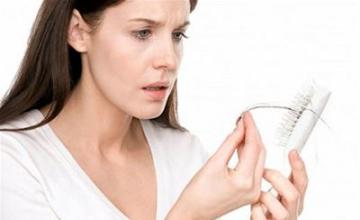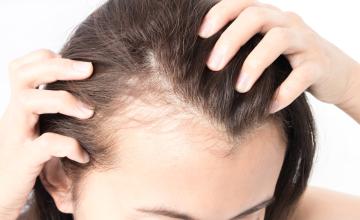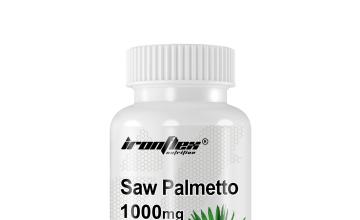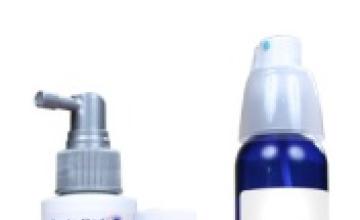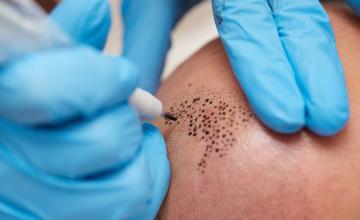The "Active" Ingredient in Many Popular Hair Loss Treatment Products
Many popular hair loss treatment options today such as Provillus, Procerin, and Avacor contain the “active” ingredient saw palmetto. It can also be purchased as a standalone supplement in most nutritional stores. But the age old question of whether or not it can effectively treat baldness in men and women with alopecia is still heavily debated. By taking a look at the scientific evidence available we are able to draw some conclusions as to its potential benefit for those with thinning hair.
What is Saw Palmetto?
Saw Palmetto berries are a deep red fruit that grow wild on palm trees in warmer climates, typically found in the Southeastern United States. The liposerolic berry extract is typically used as an herbal supplement for the promotion of a healthy prostate.
Saw Palmetto Hair Loss Study:
Similarly to finasteride (the active ingredient in Propecia and Proscar), studies have shown that when taken orally, it may be an effective anti-androgen by lowering dihydrotestosterone (DHT) levels in the body by blocking 5 alpha-reductase enzymes. Additionally it is said to block receptor cites on cells which is required for cells to absorb DHT.
Tests have also been performed on its use in the treatment of benign prostatic disease, which similarly to androgenic alopecia, depends on the production of DHT.
It is also noteworthy to state that a small preliminary study in 2002 was performed as reported by The Journal of Alternative and Complementary Medicine(2002;8:143-52) that shows a select group of 19 men between the ages of 23 and 64 taking either (400mg of saw palmetto and 100mg of Beta-sitosterol) or a placebo orally. Those who took the herbal combination had 60% improved hair growth over those who took the placebo. There have been no studies to date indicating the efficacy of saw palmetto applied topically for male pattern baldness, female hair loss, or anything to date.
In our opinion, there are two potential difficulties with this study:
- Many scientists would argue that the control study group was too small to determine any real efficacy and improved hair growth could have happened by chance. A larger study therefore may be necessary to determine any level of real efficacy.
- “Improved hair growth” is not the same thing as newhair growth and hair regrowth, nor should it necessarily imply that it works to stop hair loss
- There are no regulations or suggested daily value as to how much saw palmetto would be required to successfully treat baldness. The appropriate dosage therefore is questionable.
- The above study was only performed on saw palmetto taken orally. Hair loss products that promote topical use for baldness are basing their belief in its efficacy on something other than published clinical evidence.
The Dosage:
But if there are no current standards on dosages of herbal medications in the United States, how do these popular hair loss treatments produce an appropriate dosage?
Clinical studies on Benign Prostrate Hyperplasia (BPH) have used a dosage of 320mg of the berry extract daily (either one 320mg pill or 2 X 160 mg pill). A daily dosage of 480 mg of saw palmetto berry extract was not found to be any more effective in a six-month study. If the entire berry was used, up to 1000mg or 2000mg would be required to reach the same goal.
The theory therefore is that if saw palmetto can successfully treat an enlarged prostate similarly to finasteride, it can effectively treat hair loss with a similar dosage Many popular “baldness cure” products contain approximately 1500mg of the berry which is equivalent to approximately 240-320mg of the berry extract.
Side Effects and Warnings:
One false assumption is that “all natural” treatments don’t have potential side effects. It is stated that use of saw palmetto has not proven to be safe for women with hair loss during pregnancy and lactation. Medical supervision is suggested for women of childbearing age. Similar warnings are listed about Propecia.
Conclusions:
Based on some anecdotal evidence, saw palmetto is said to treat baldness because of its tendency to act like finasteride by helping those suffering from BPH. However, authentic clinical studies have not been performed to date that support this claim. Dosage and how it should be used (orally or topically) therefore is based on conjecture rather that scientific evidence.
